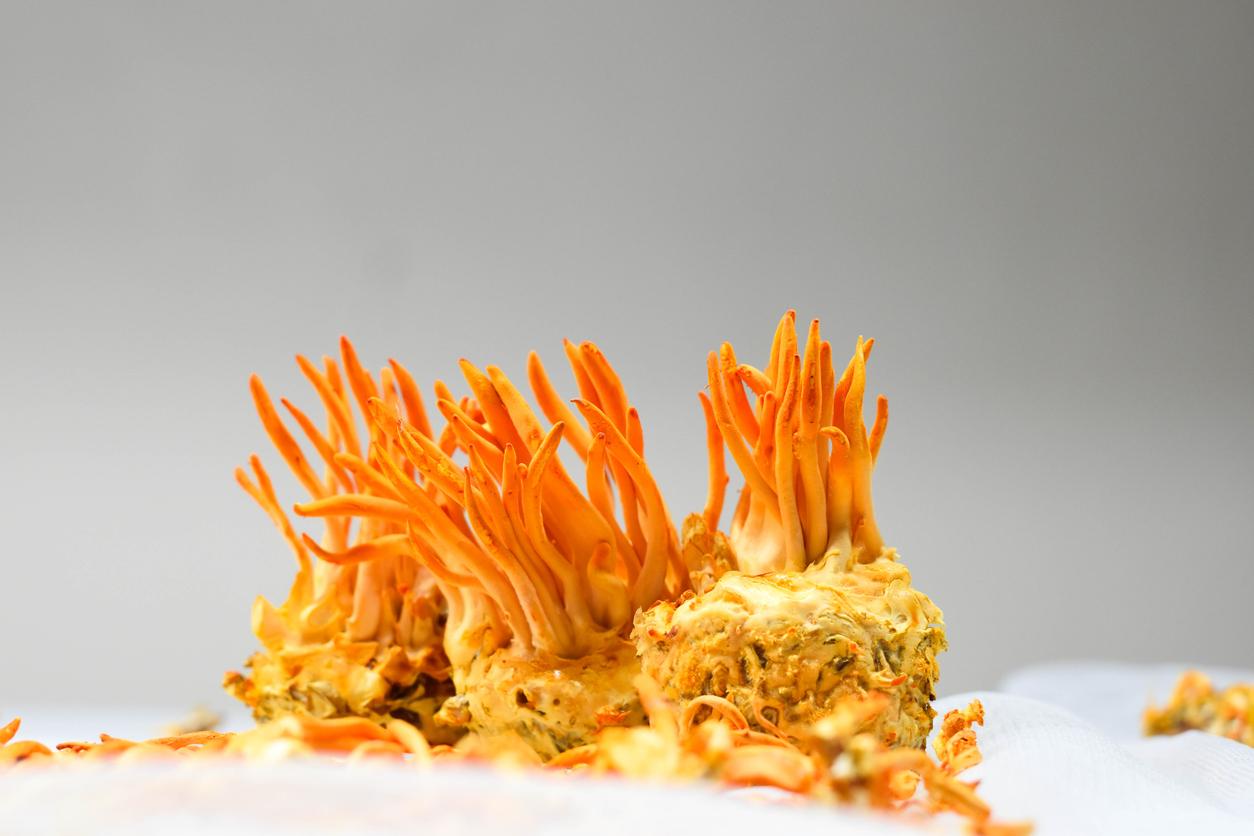Autumn has barely begun when 181 cases of poisoning linked to the consumption of mushrooms have been reported to the poison control and toxicovigilance centres. Faced with the increase in the number of cases, the National Agency for Food, Environmental and Occupational Health Safety (ANSES) and the Directorate General of Health (DGS) remind picking enthusiasts of good practices. to be observed in order to avoid poisoning. Indeed, the health consequences of this type of poisoning can be serious (severe digestive disorders, liver damage that may require a transplant), or even fatal. Five serious cases have been recorded since July 2017.
Good deeds in the forest
Mushroom lovers, never forget that these little wood dwellers can be poisonous! Accordingly, it is necessary never to forget:
-to only collect perfectly known mushrooms: some of them, highly toxic, are very similar to edible species;
– in the slightest doubt about the condition or the identification of one of the mushrooms harvested, not to eat the harvest before having it checked by a specialist (pharmacists or associations and regional mycology societies for example);
– to pick only the specimens in good condition and to take the whole of the mushroom (stem and cap), in order to allow its identification;
-to separate the harvested mushrooms by species to avoid mixing pieces of poisonous mushrooms with edible mushrooms;
– to wash hands thoroughly after harvest;
– never offer picked mushrooms to young children, pregnant women or fragile people, if doubts persist about their edible nature and if they have not been identified by a specialist.
Mushroom poisoning can be dangerous
Symptoms associated with the consumption of toxic mushrooms (diarrhoea, vomiting, nauseatremors, dizziness, visual disturbances, etc.) can occur up to 12 hours after consumption and the condition of the intoxicated person can worsen rapidly.
“The health consequences of this type of poisoning can be serious (severe digestive disorders, kidney complications, liver damage that may require a transplant), or even fatal. They result, in the majority of cases, from confusion with other edible mushrooms,” recalls the Agency.
In case of poisoning, immediately call the poison control center in your area or “15”, and specify that you have eaten mushrooms.
At the time of technology, think of the useful reflex: photograph your picking before cooking! The photo will be useful to the pharmacist or the doctor of the poison control center in the event of poisoning, to decide on the appropriate treatment.
Read also:
5 good reasons to eat mushrooms
Canada: the most dangerous mushroom in the world killed a 3-year-old boy
Nutrition: we make children love mushrooms


















